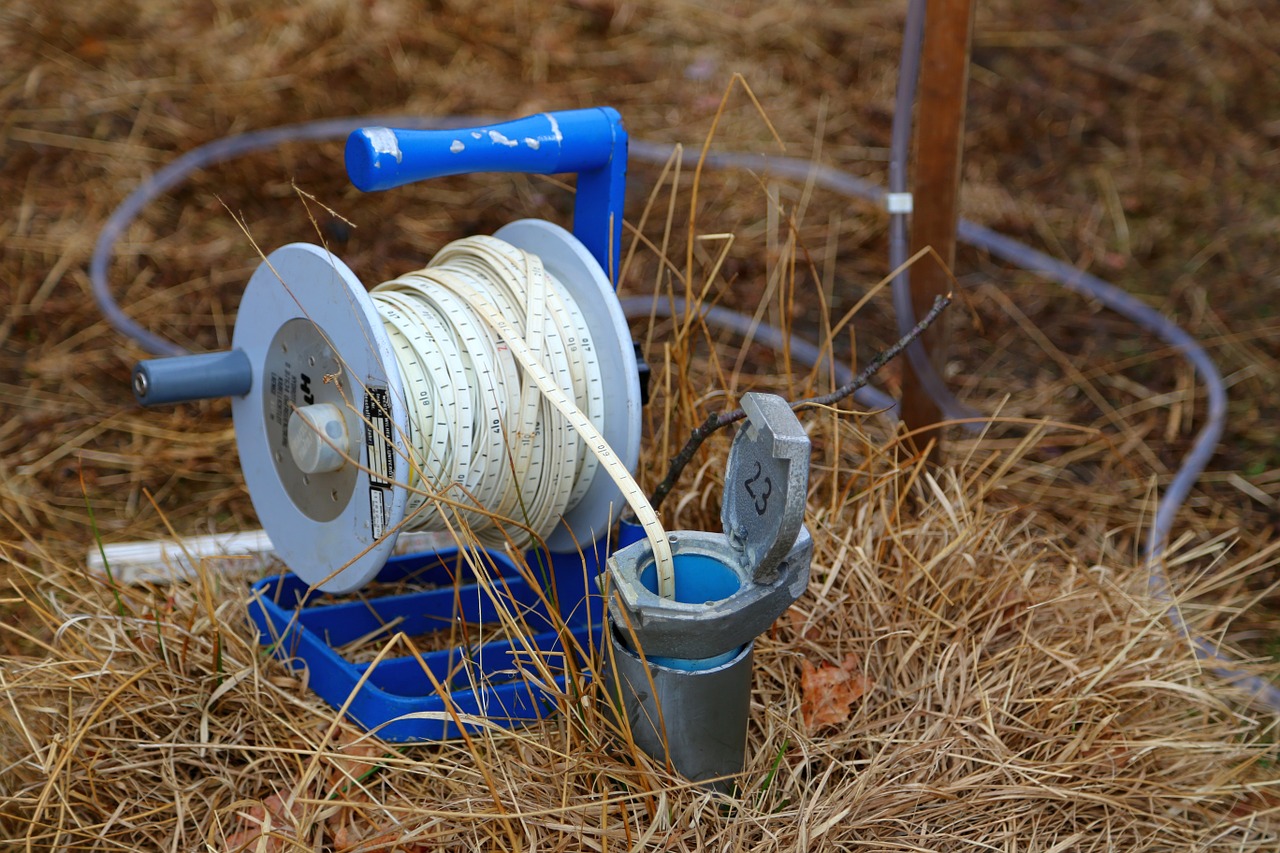Researchers from the Indian Institute of Technology Hyderabad have found that fly ash – a waste byproduct of power plants that poses a threat to the environment – can be modified into a waterproofing material.

superhydrophobic fly ash
The researchers have converted fly ash into a waterproofing material by treating it with stearic acid which is commonly used in soaps and shampoos. Stearic acid is a surface-active agent whose key ingredient binds to dirt particles during the process of washing, while its
hydrophobic or water-repelling part remains free. As a result, dirt particles bound with stearic acid separate out just like oil separates from water. Using this binding ability of stearic acid, researchers have developed superhydrophobic fly ash particles.
In recent years, scientists have been looking to nature for inspiration when it comes to designing new water-repelling surfaces and materials. For example, leaves of pitcher plant are super hydrophilic and help the plant to capture prey, while leaves of lotus are superhydrophobic and enable self-cleaning. Rose petals are somewhat in the middle – water particles stay on them but do not roll off like with lotus leaves.
In the case of fly ash-based waterproofing material, the activity varied according to the type of fly ash used. It was found that when fly ash with varying sizes and shapes was used, it produced superhydrophobic material that behaved like a lotus leaf.
Water did not roll away immediately. This happens when hydrophobic particles of different sizes pack together to form a surface with pits and mound on a very small length scale. When water droplet sits on top of such surface, it cannot wet these small pits and the trapped air facilitates rolling.
In contrast, when fly ash was segregated into particles with almost similar shape and size, it behaved like a rose petal. The material pinned down water molecules. It neither absorbed the water nor let it fall down even when the material was turned upside down. In this also there are pit and mound at small length scale but they are large enough so that water can penetrate the pits easily.
“We have been able to modify very nature of fly ash, and develop materials with contrasting adhesion behaviors – high adhesion like a rose petal and low adhesion like a lotus leaf,” explained Dr. Mudrika Khandelwal of the Department of Materials Science and Metallurgical Engineering, while speaking to India Science Wire.
Dr. Atul Suresh Deshpande, the co-author of the study, said “the new material is highly cost-effective. While the fly ash itself is after all merely a waste, stearic acid is also not an expensive chemical. The synthesis process is so simple that even an untrained individual can prepare these superhydrophobic materials with ease.” The study results have been published in the journal ChemistrySelect. (ISW)
If you liked this article, then please subscribe to our YouTube Channel for the latest Science & Tech news. You can also find us on Twitter & Facebook.



